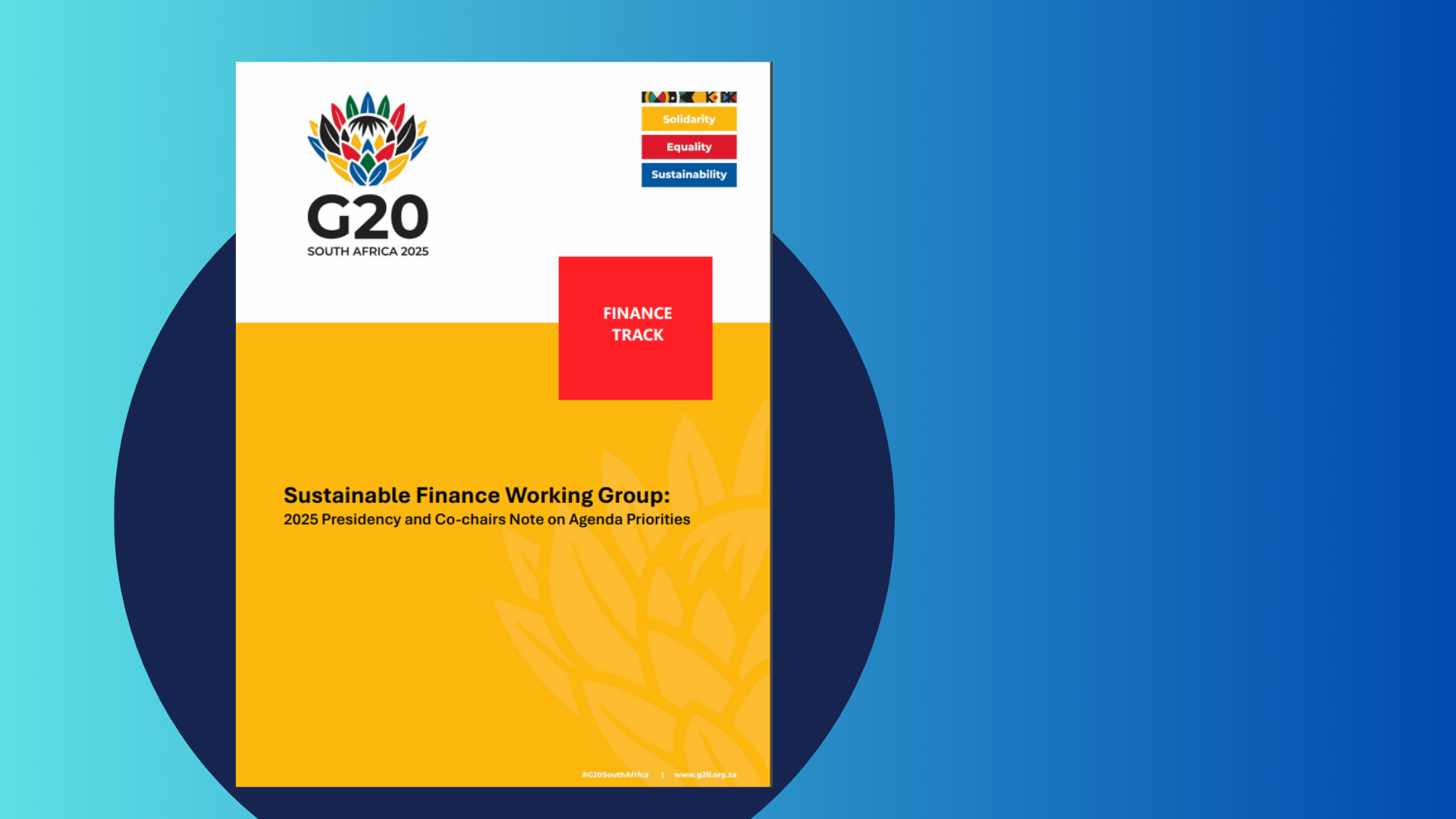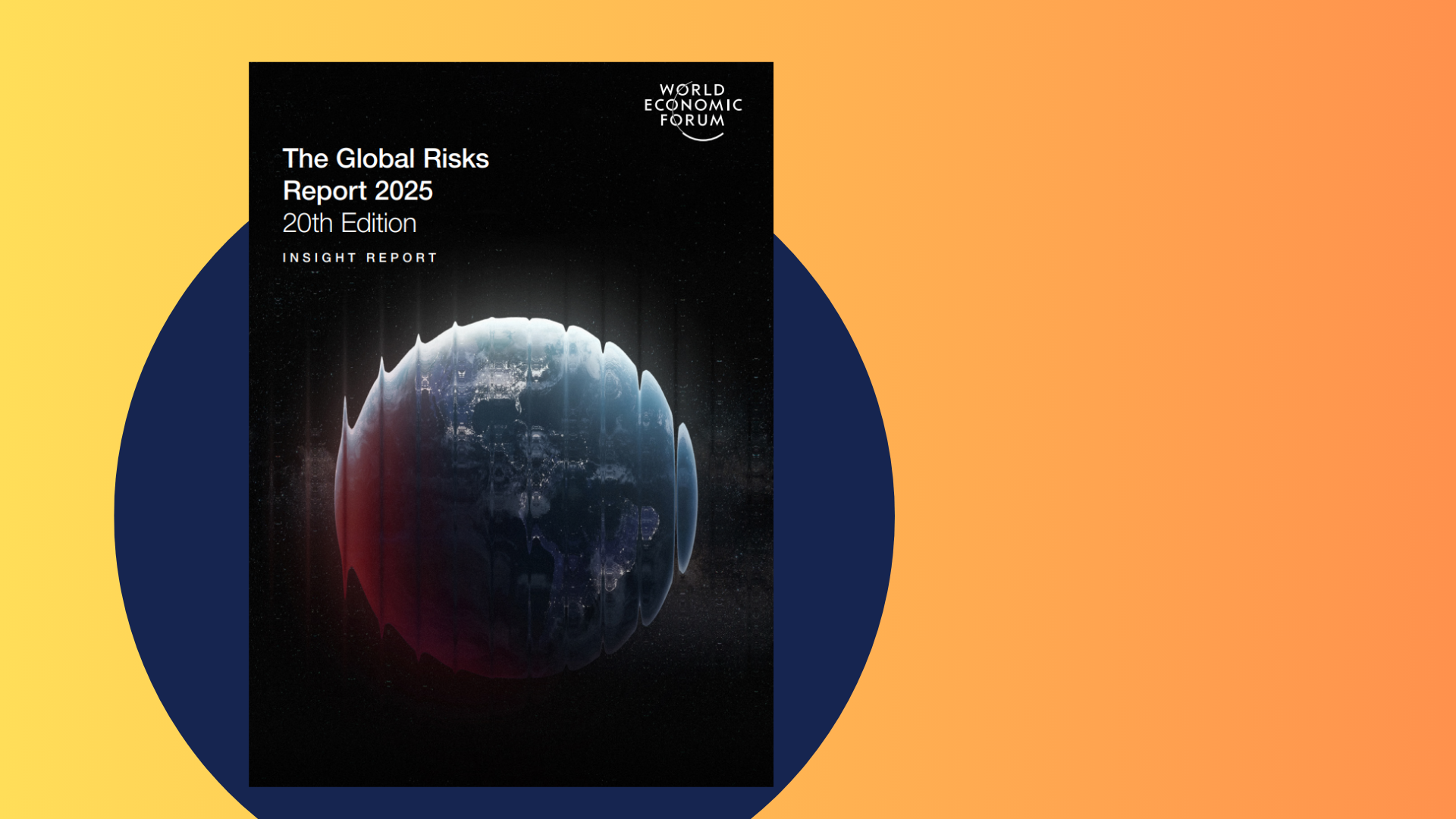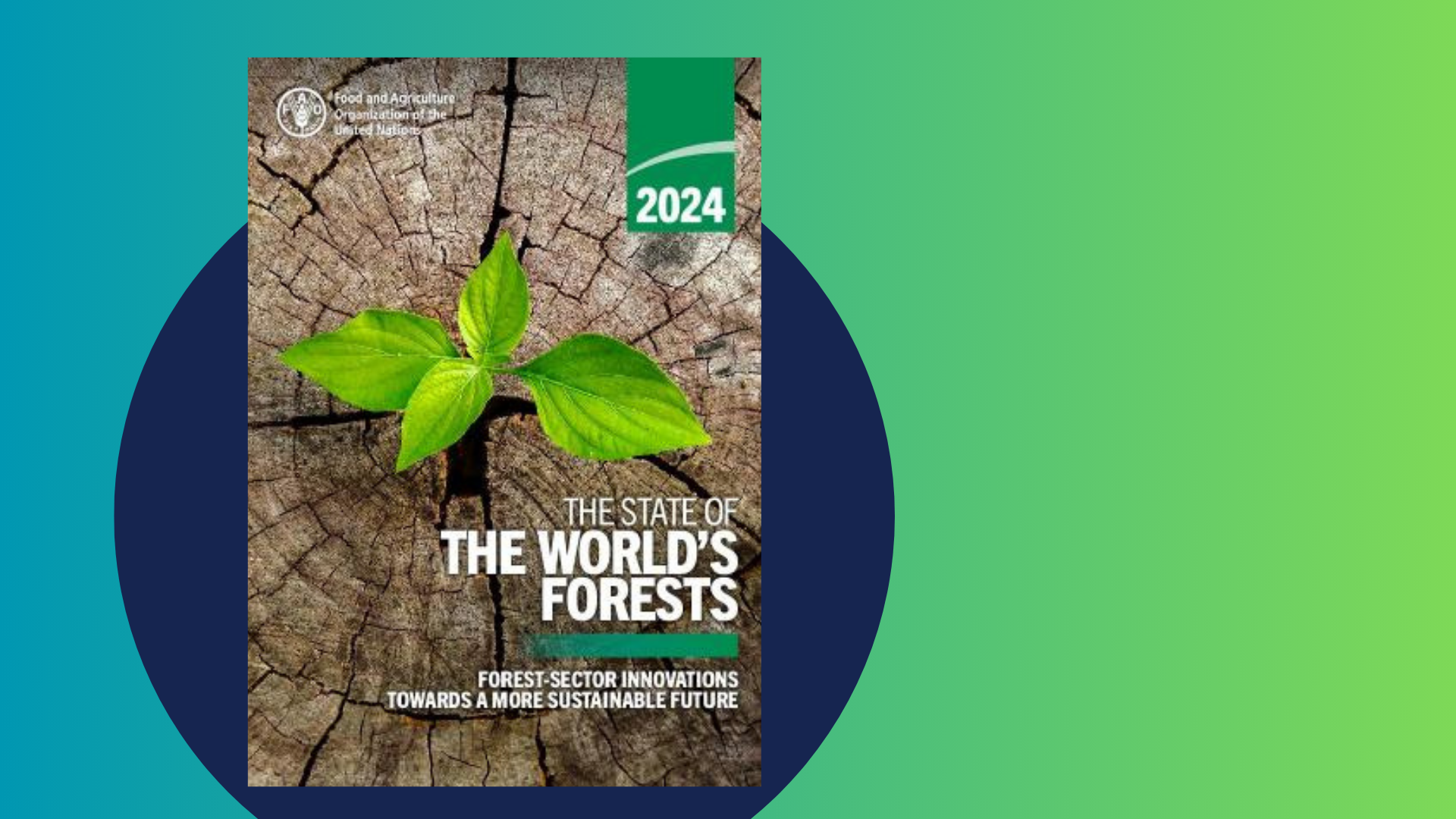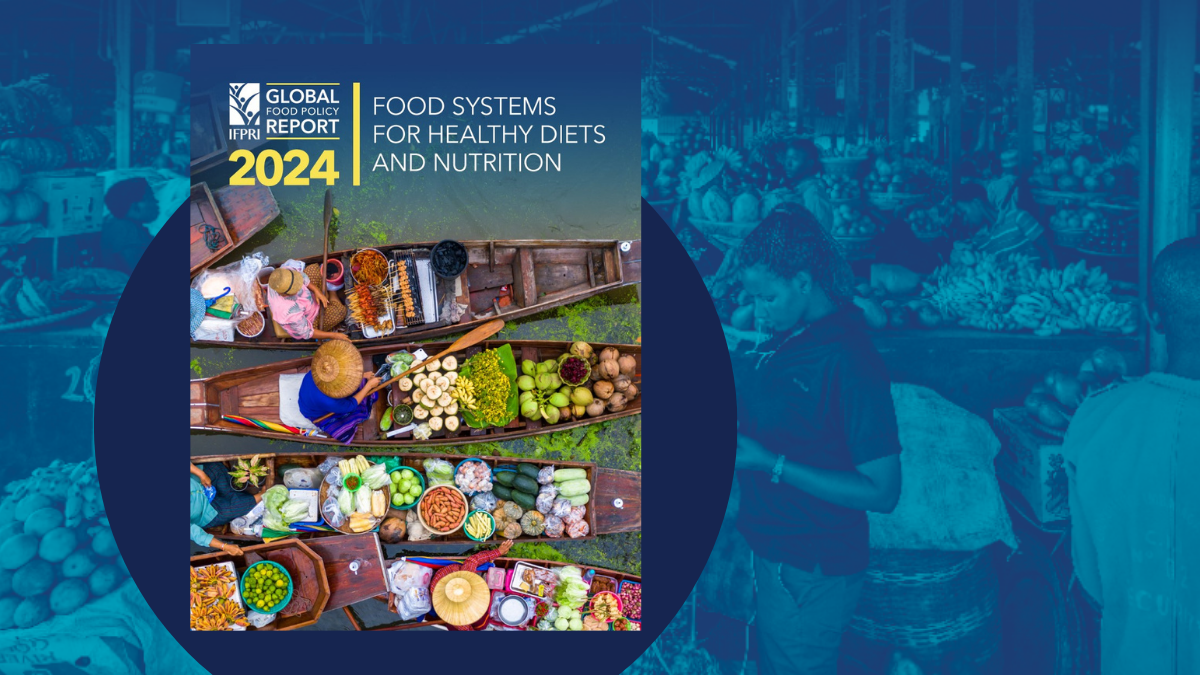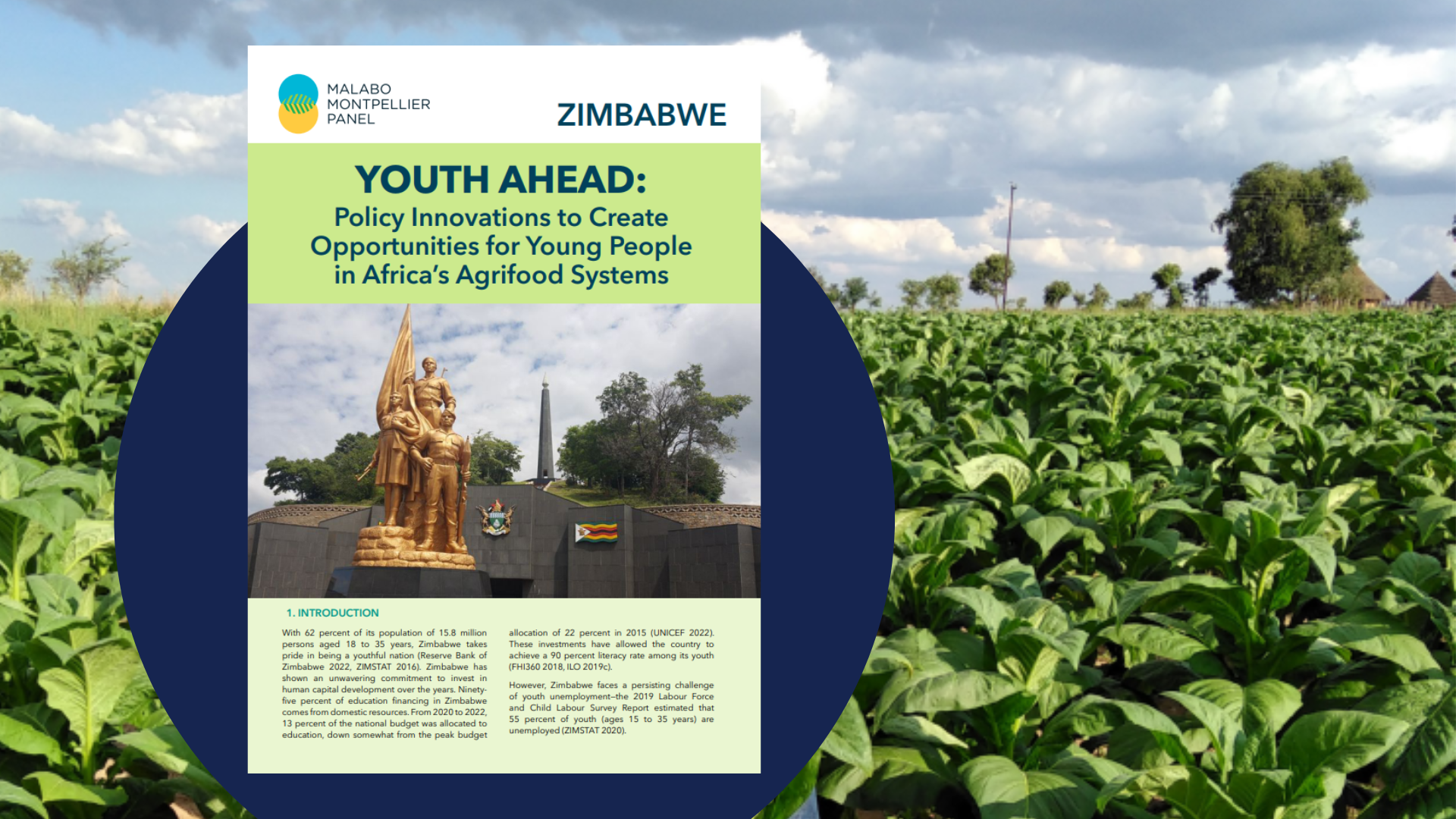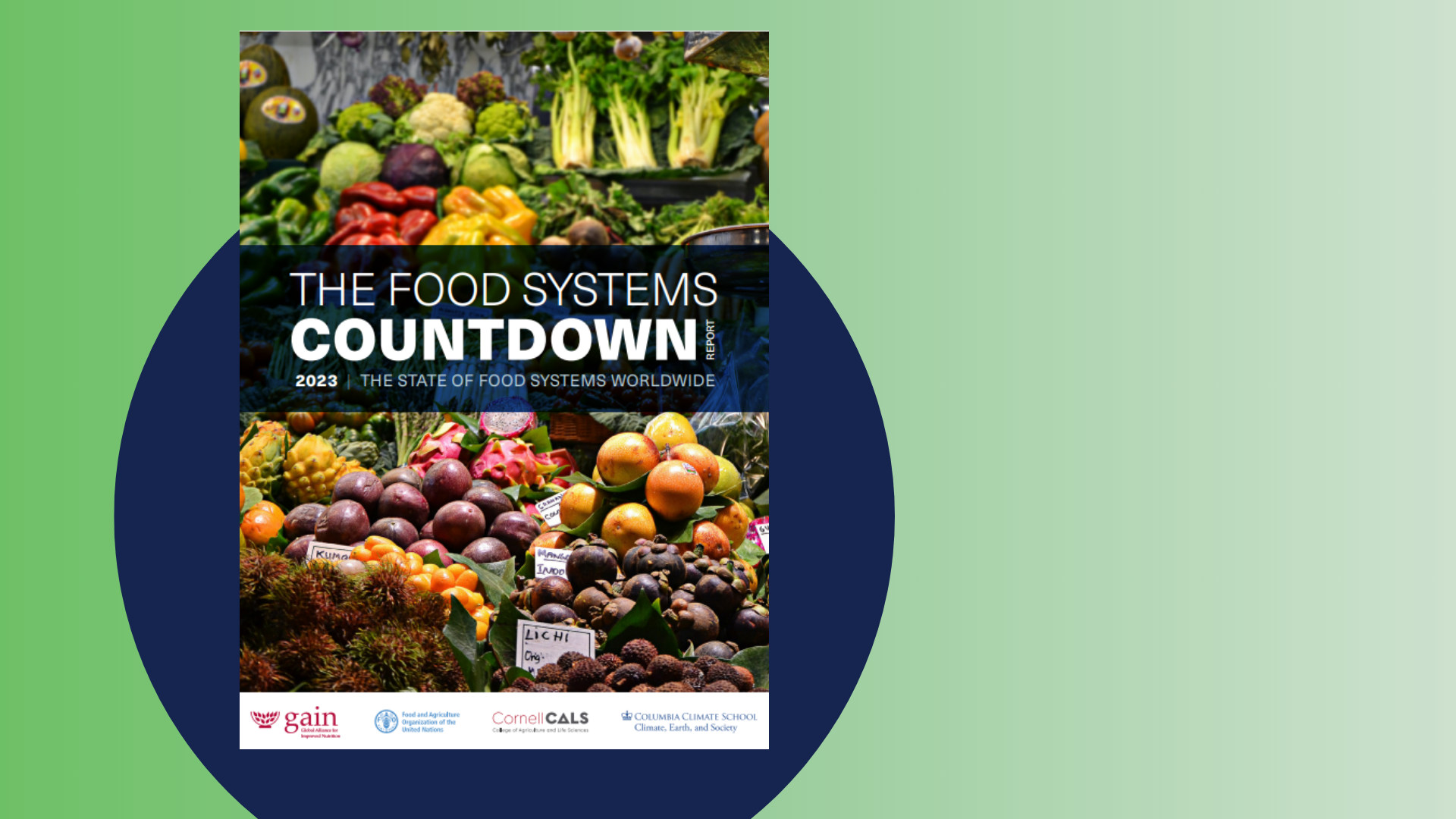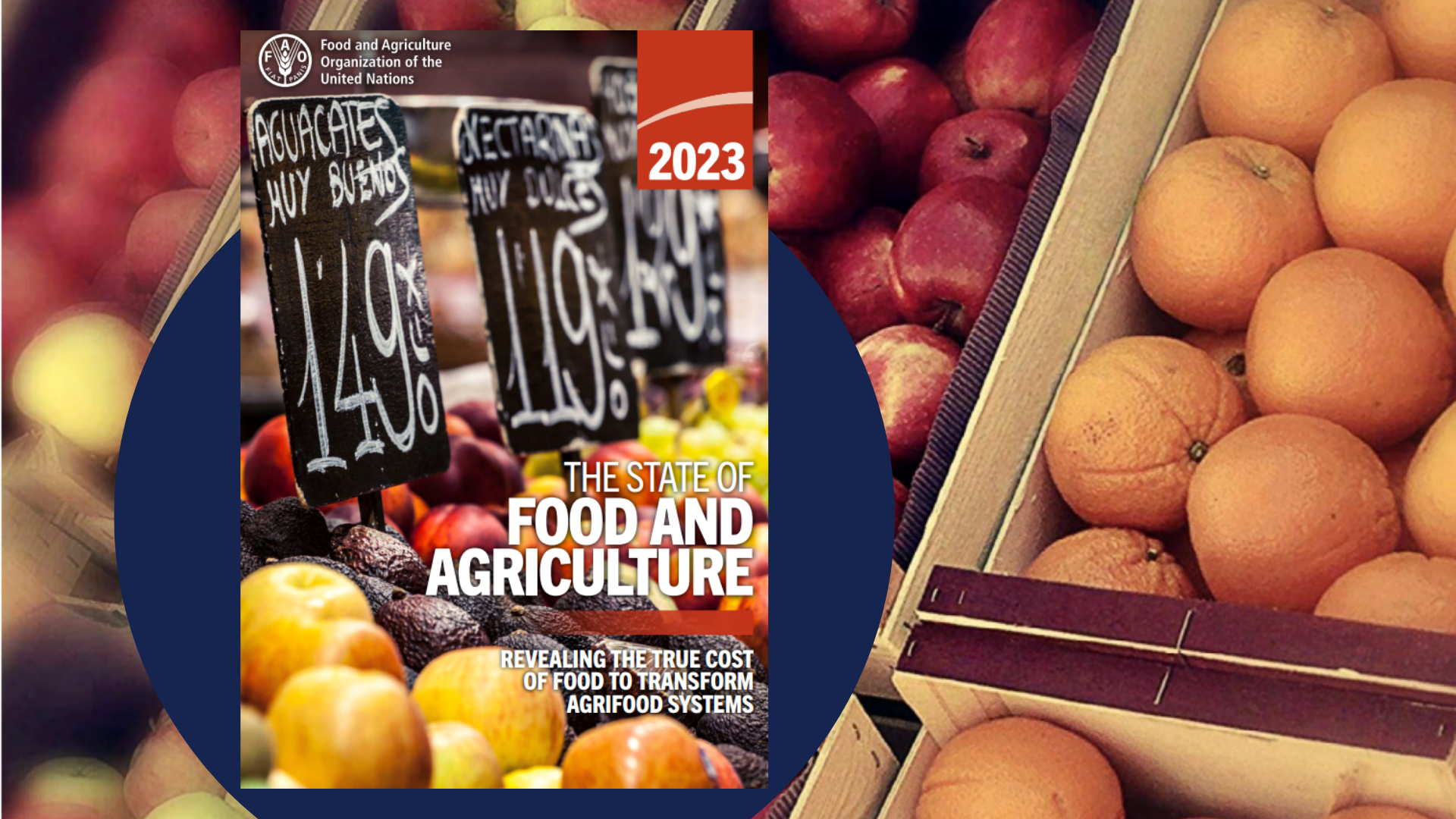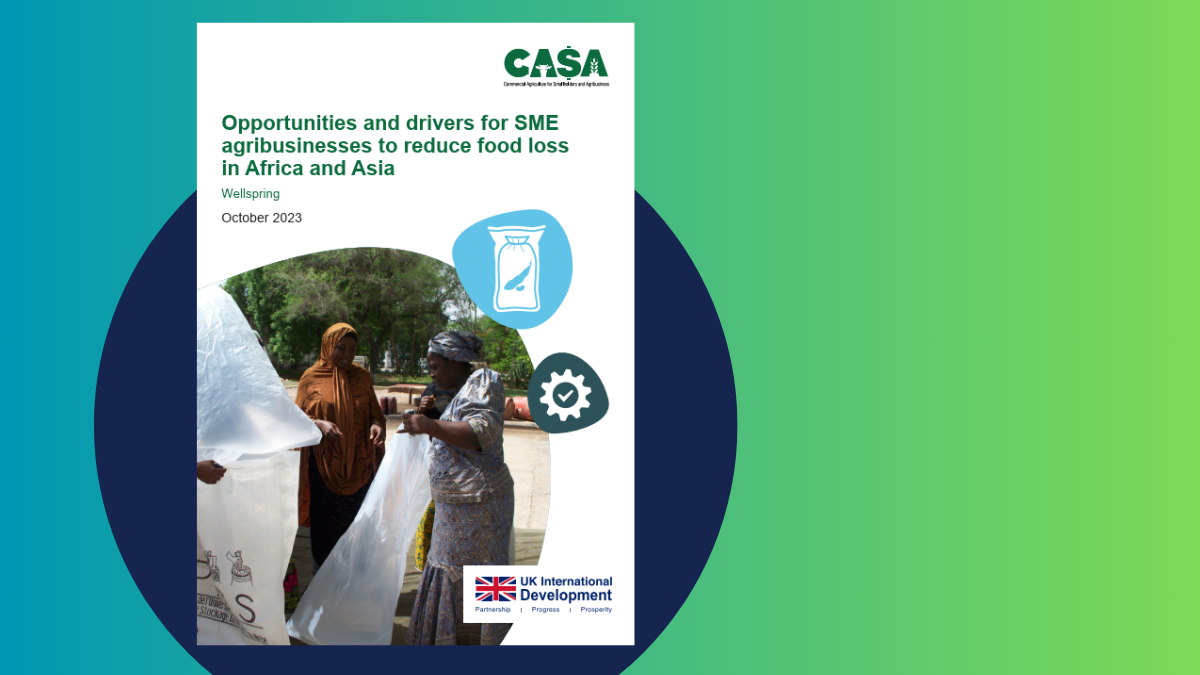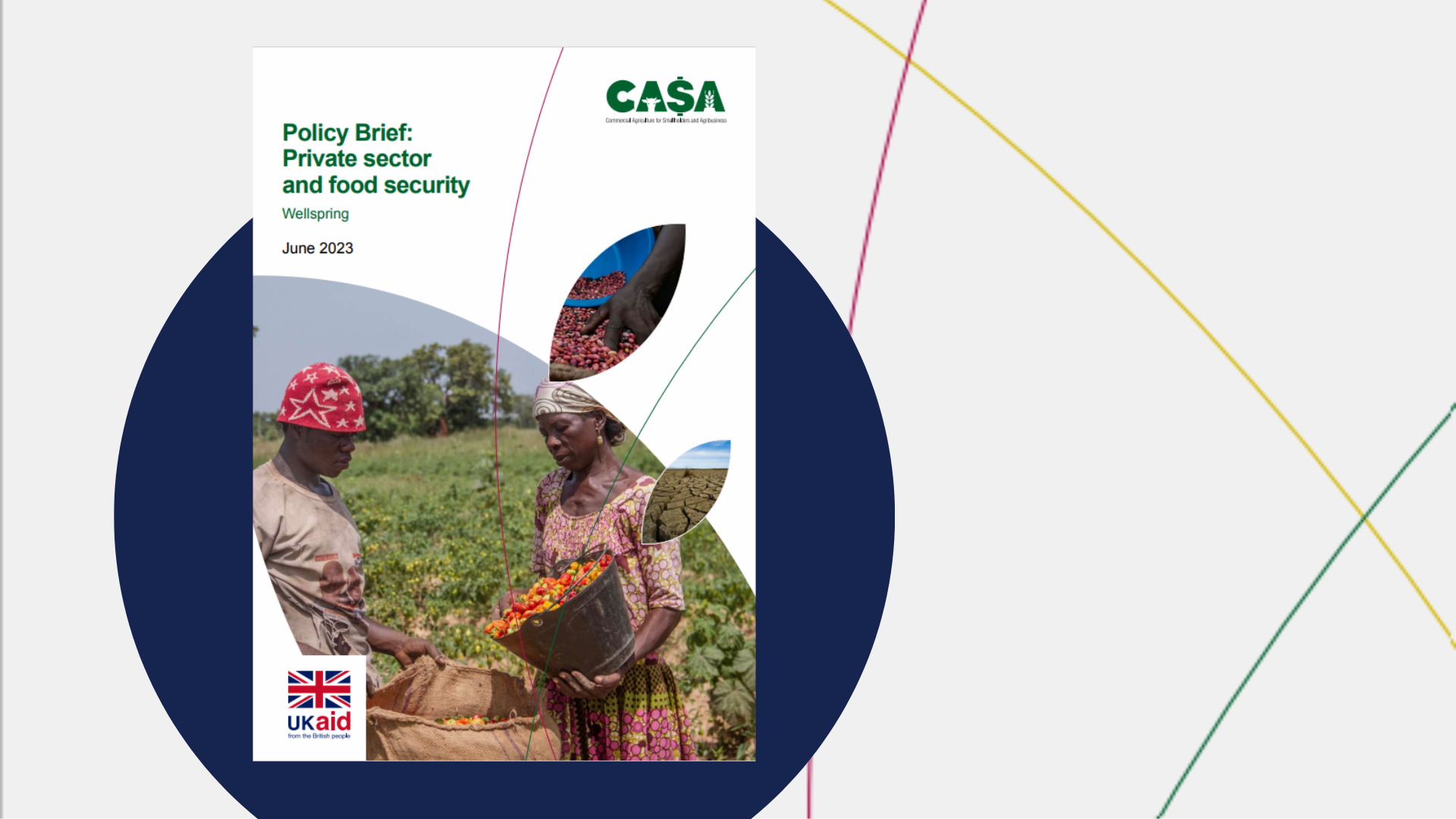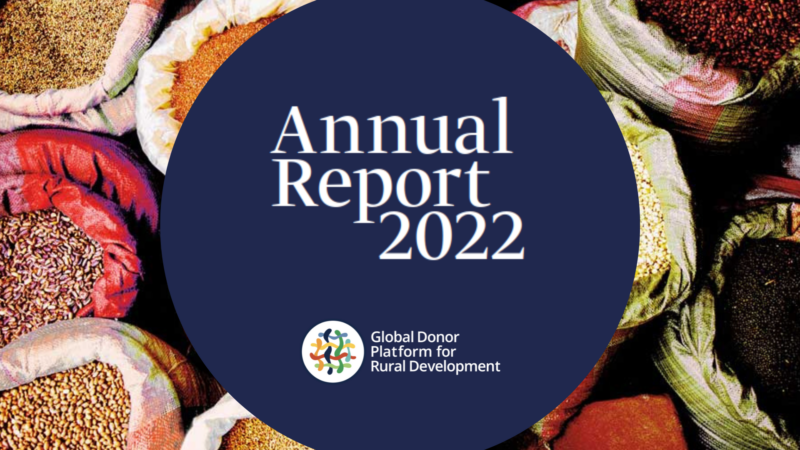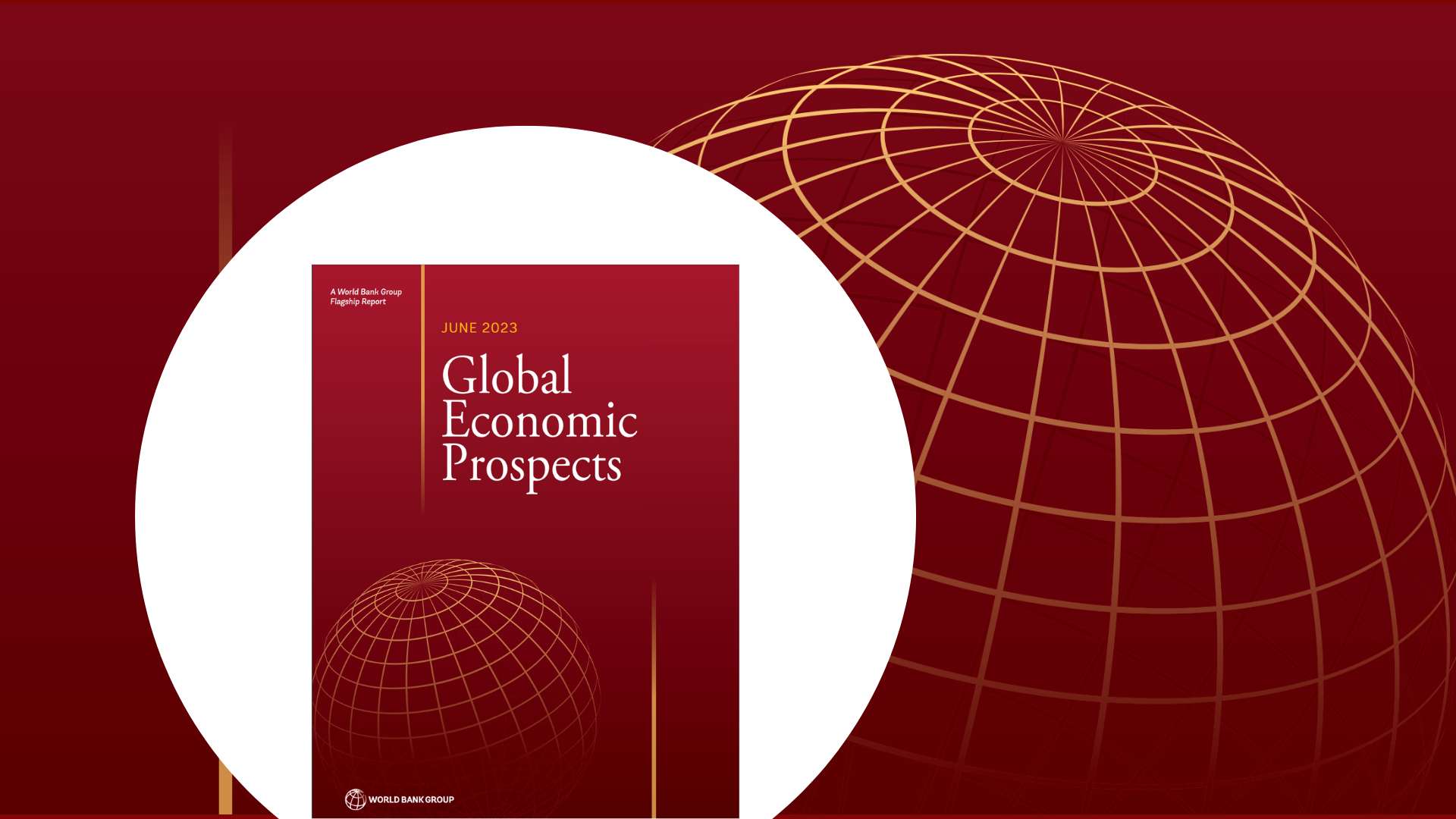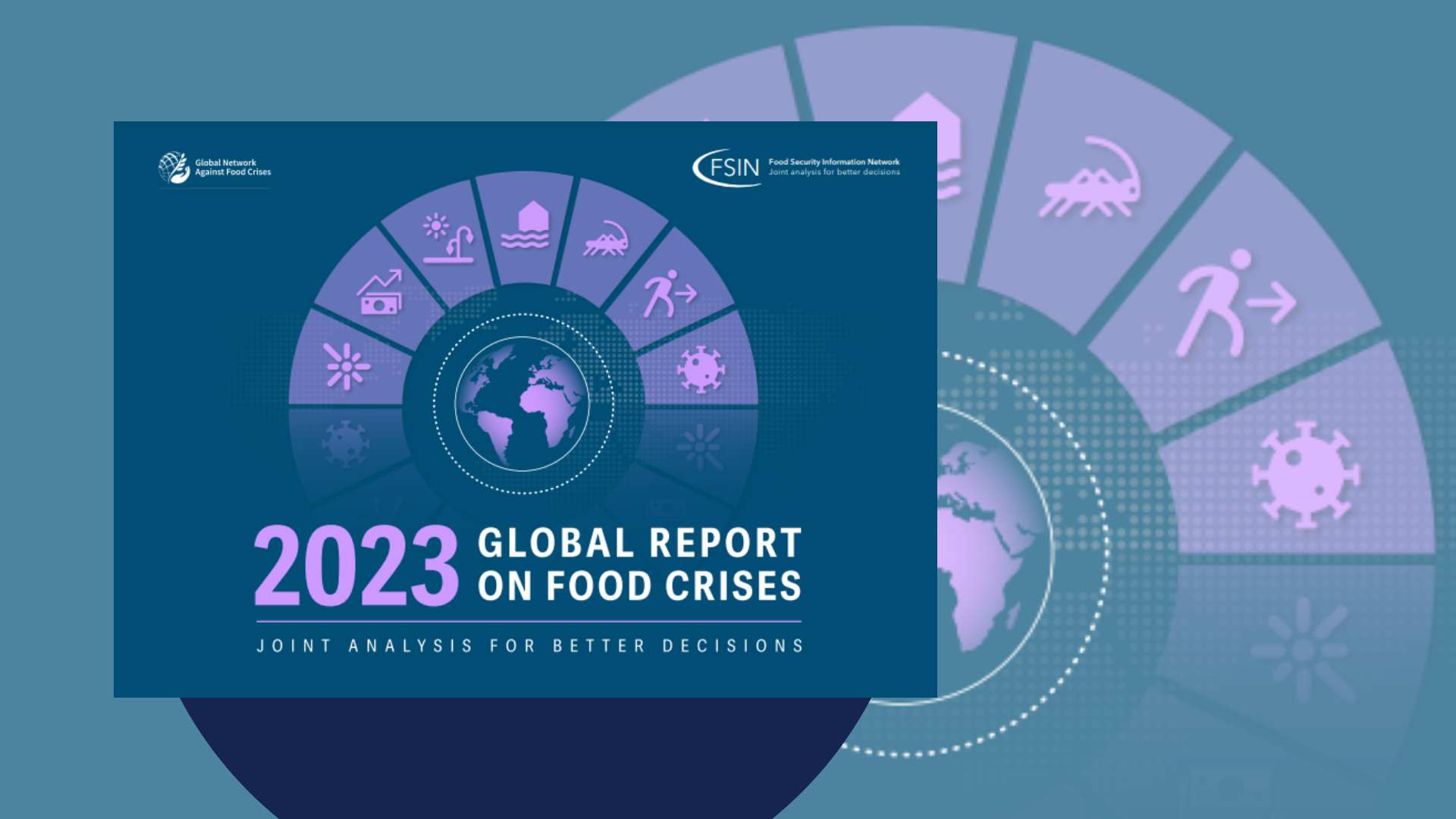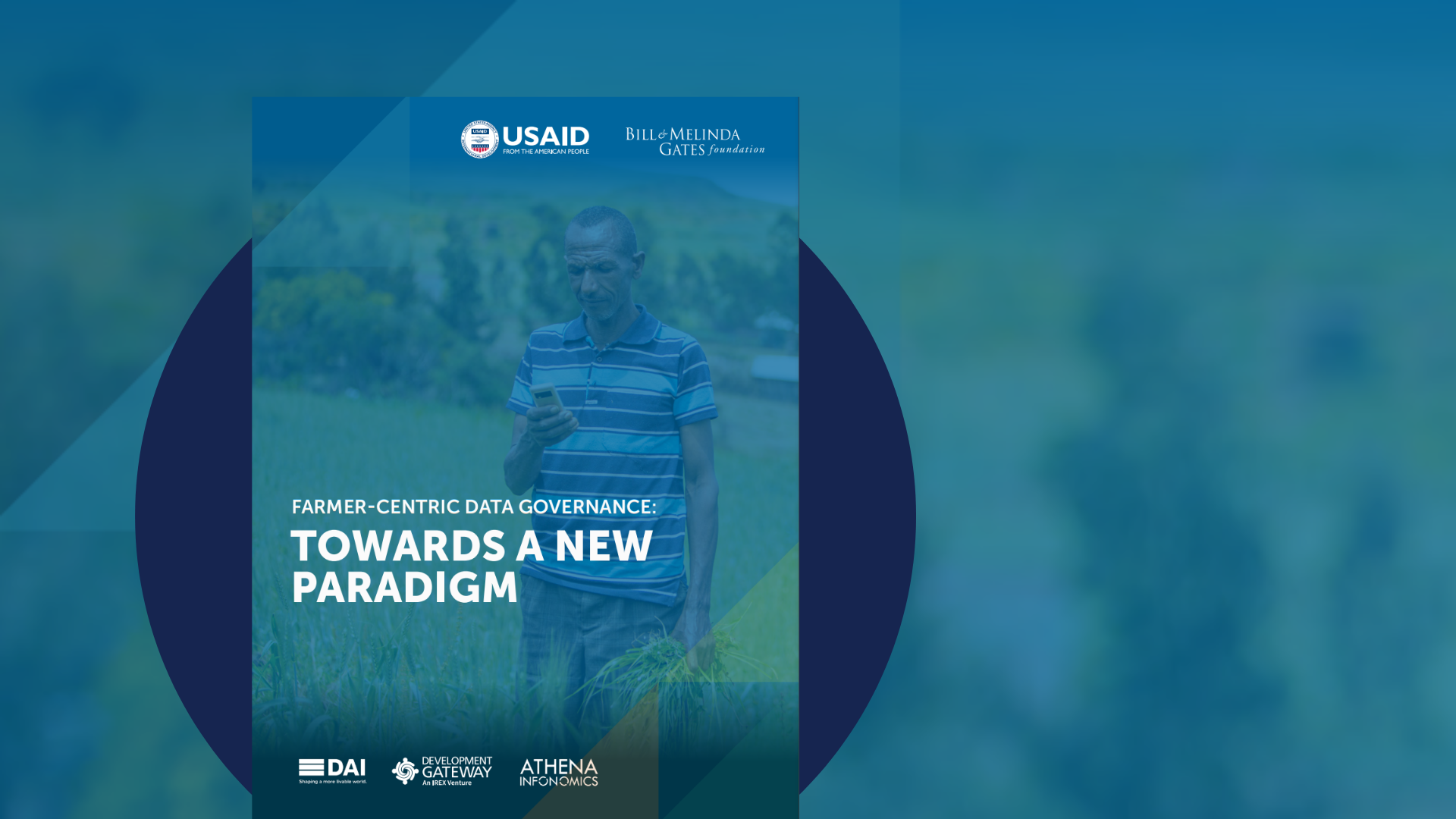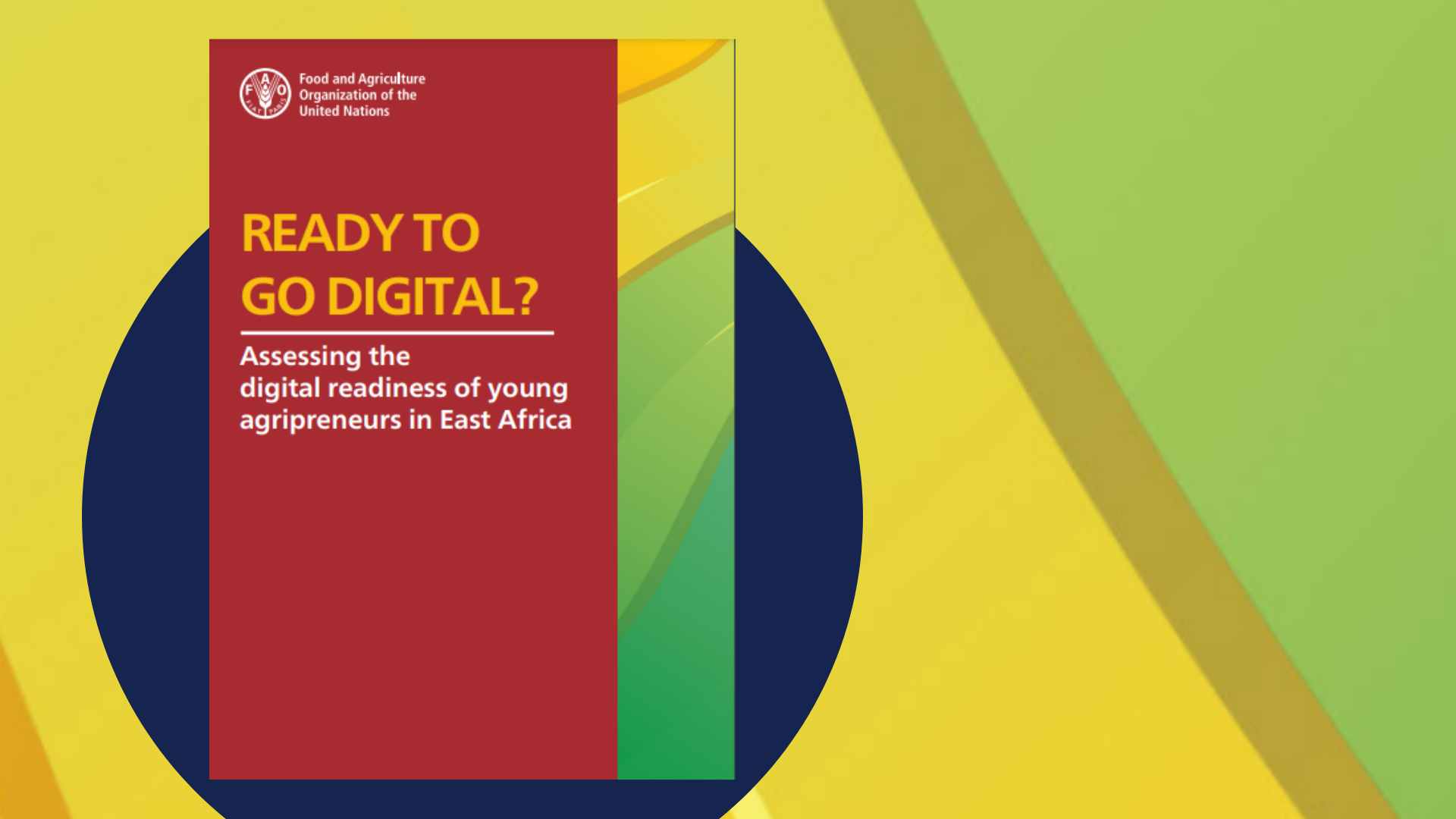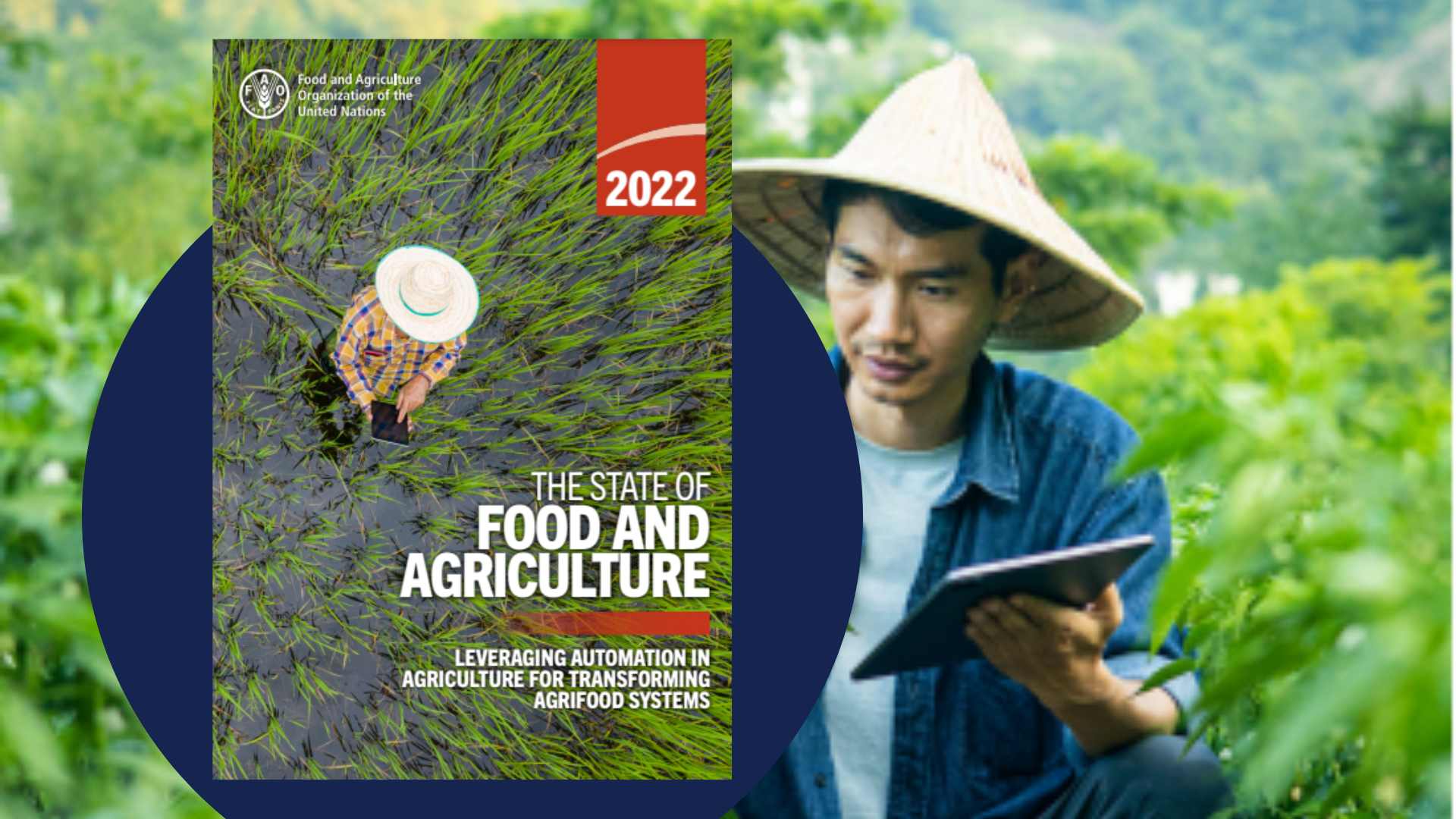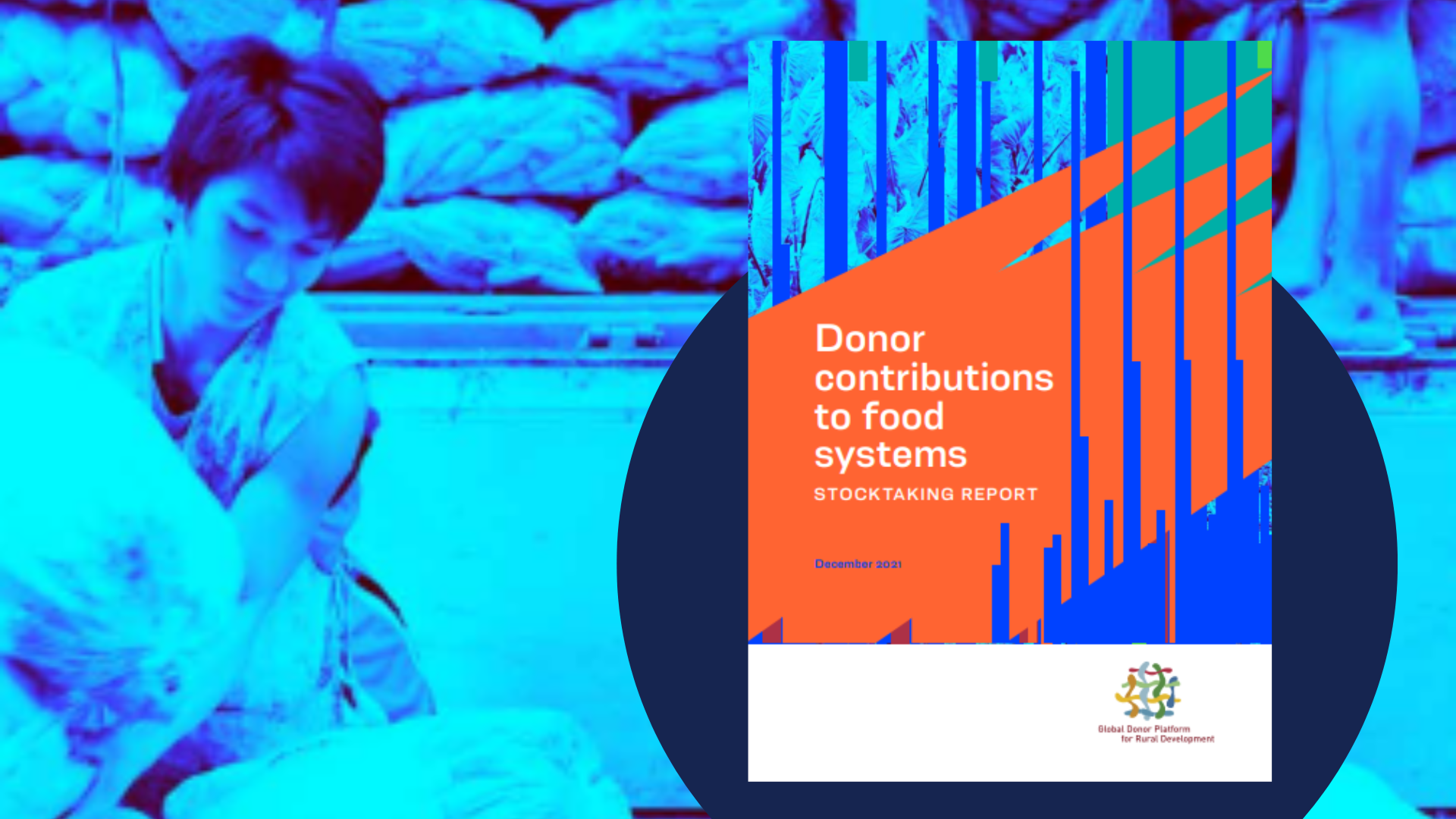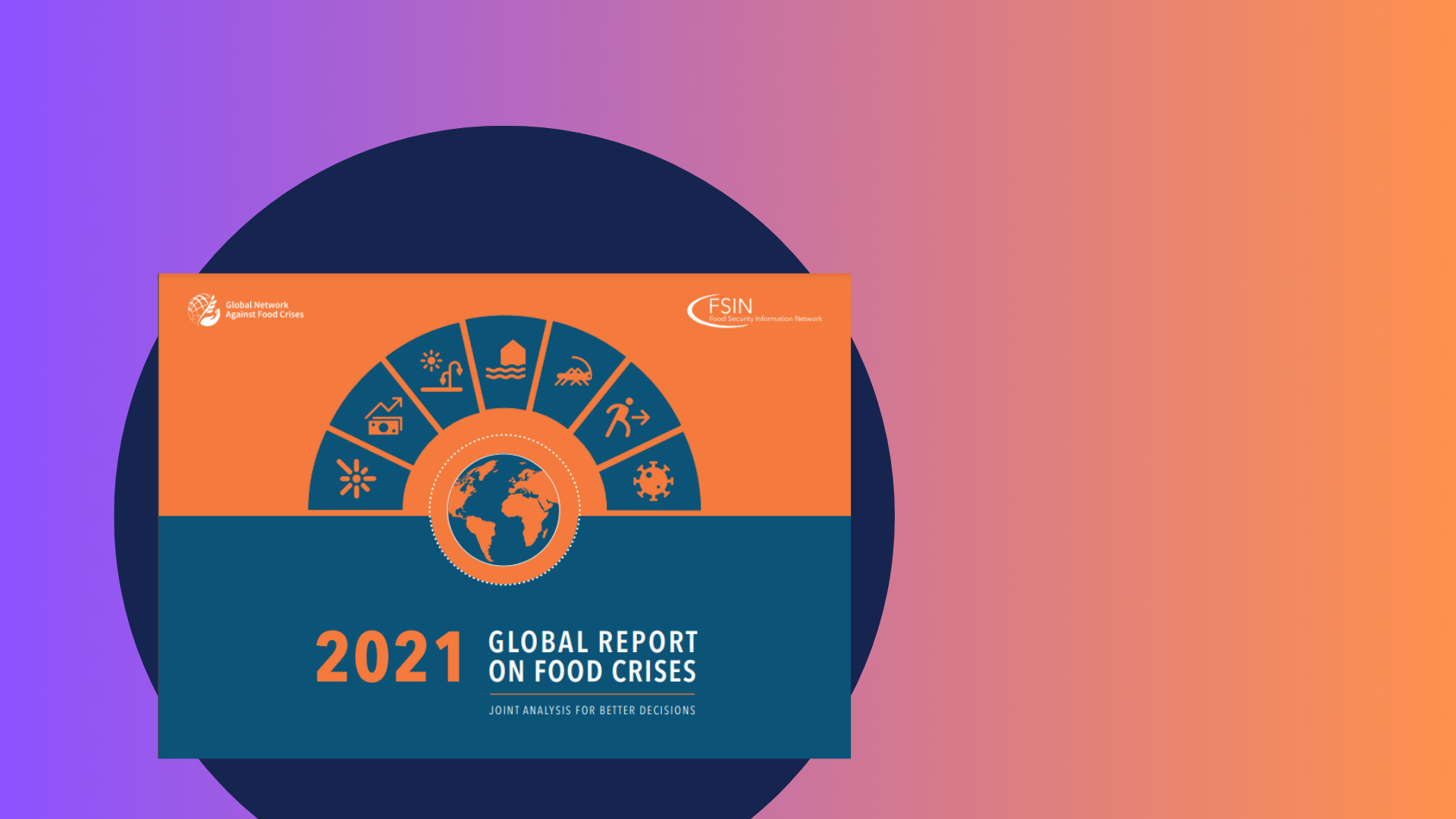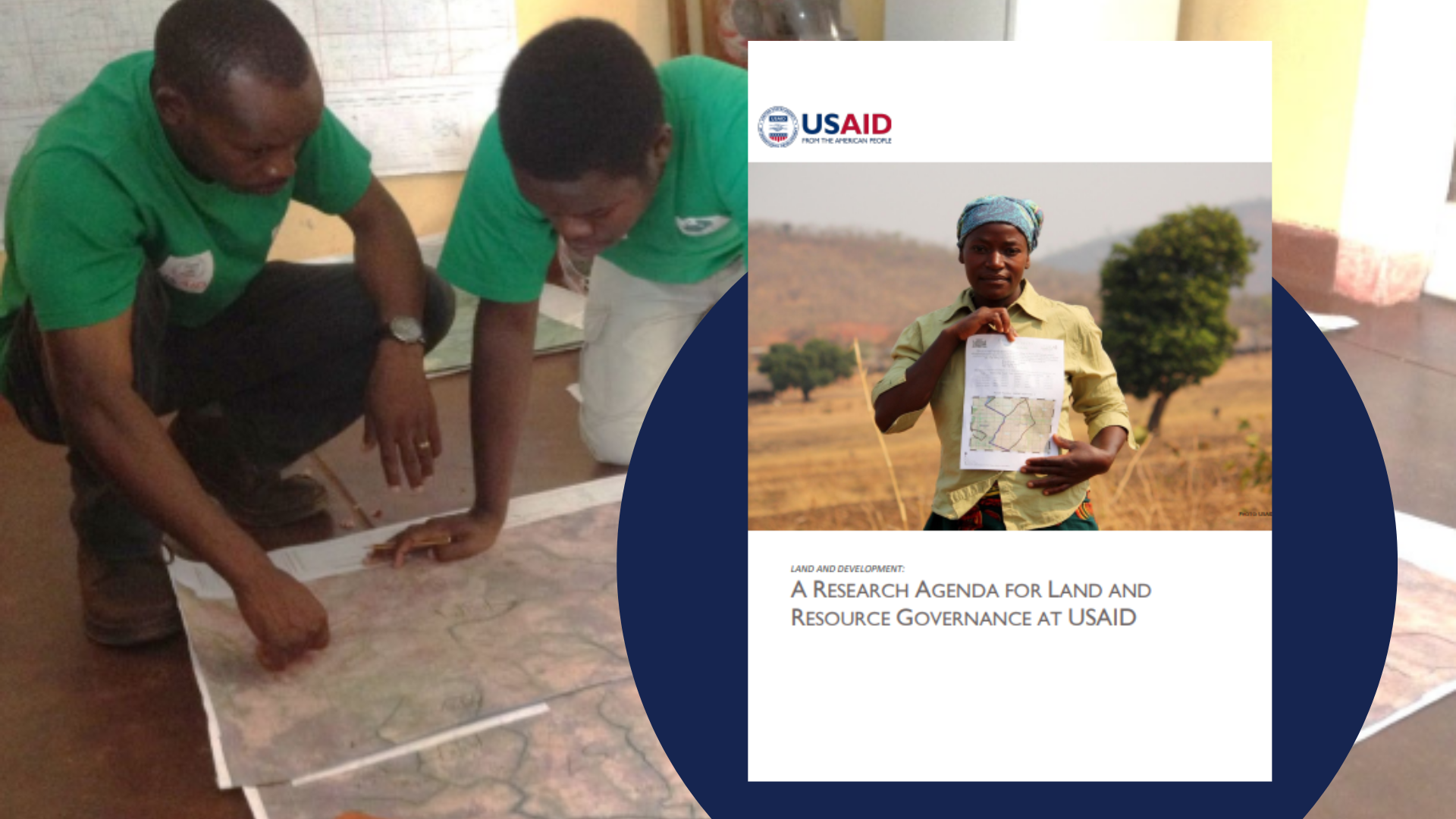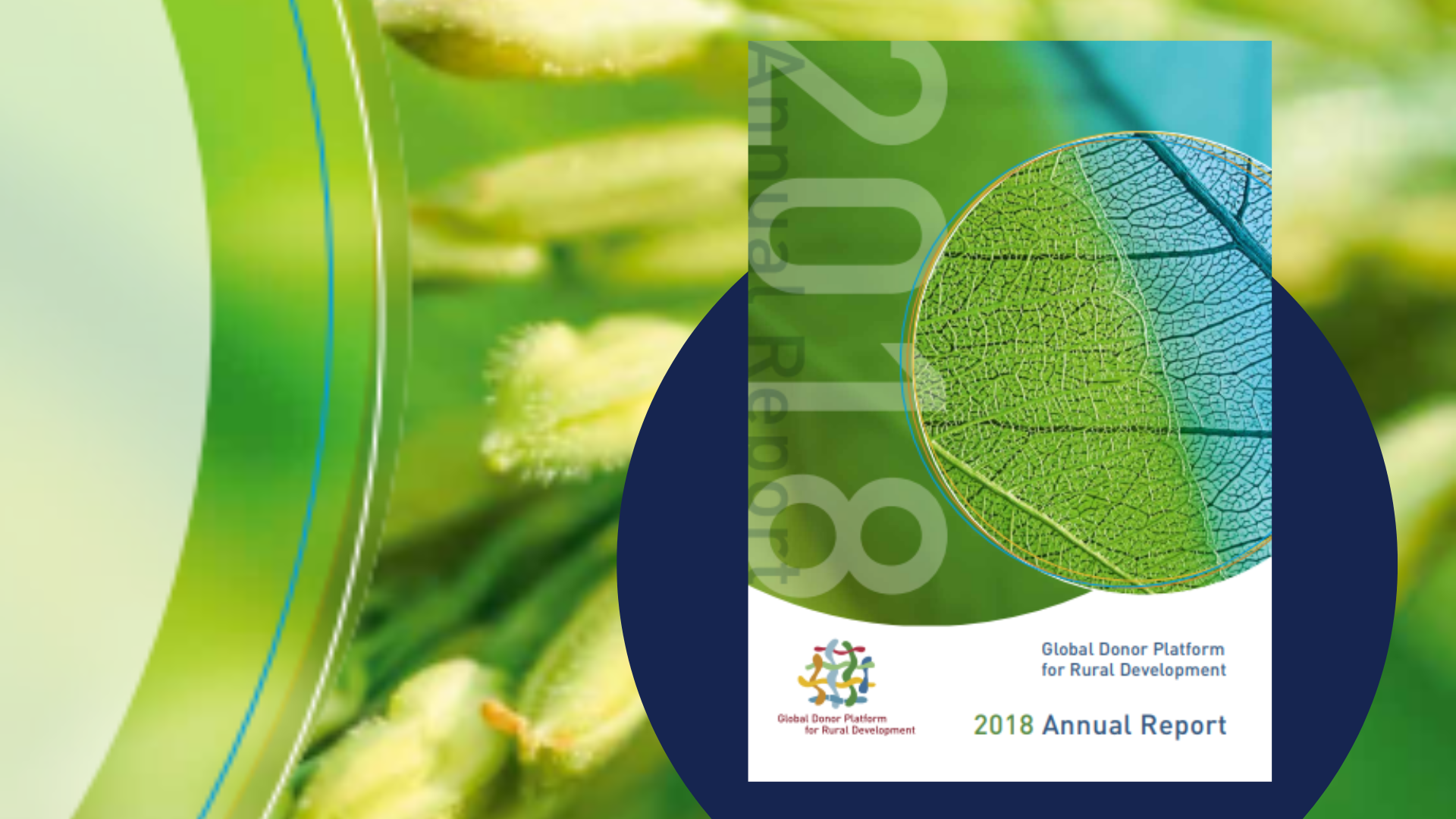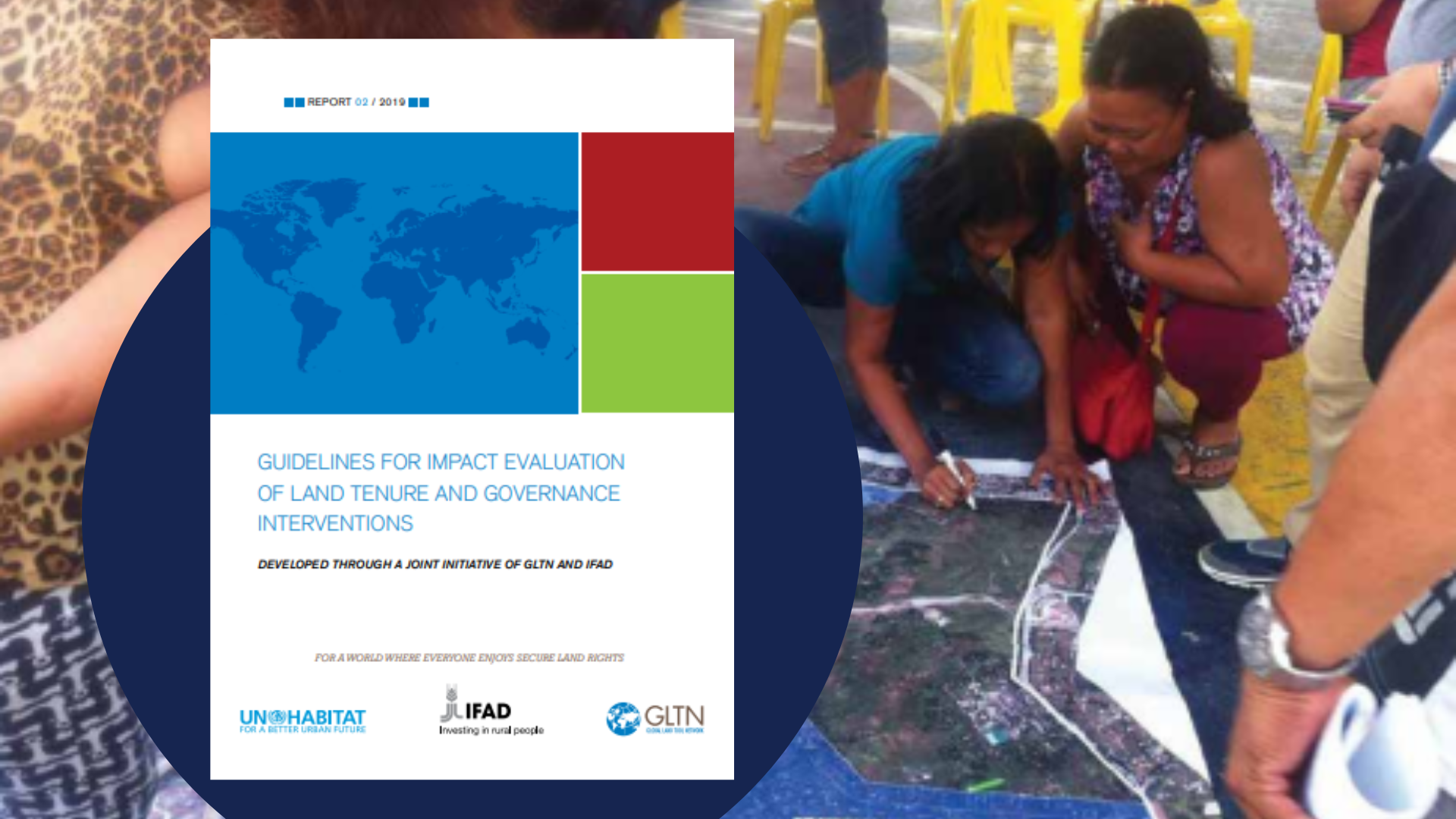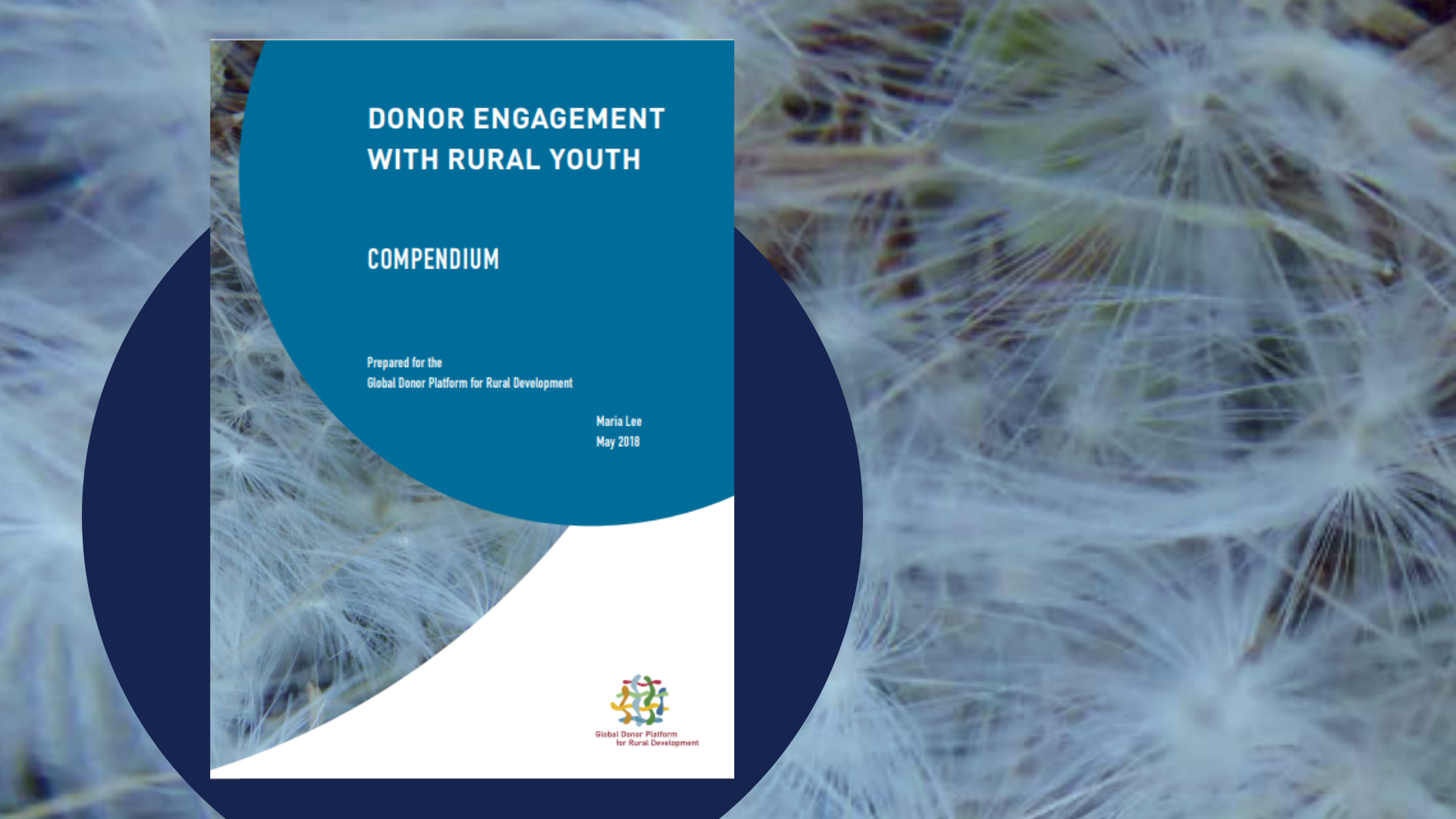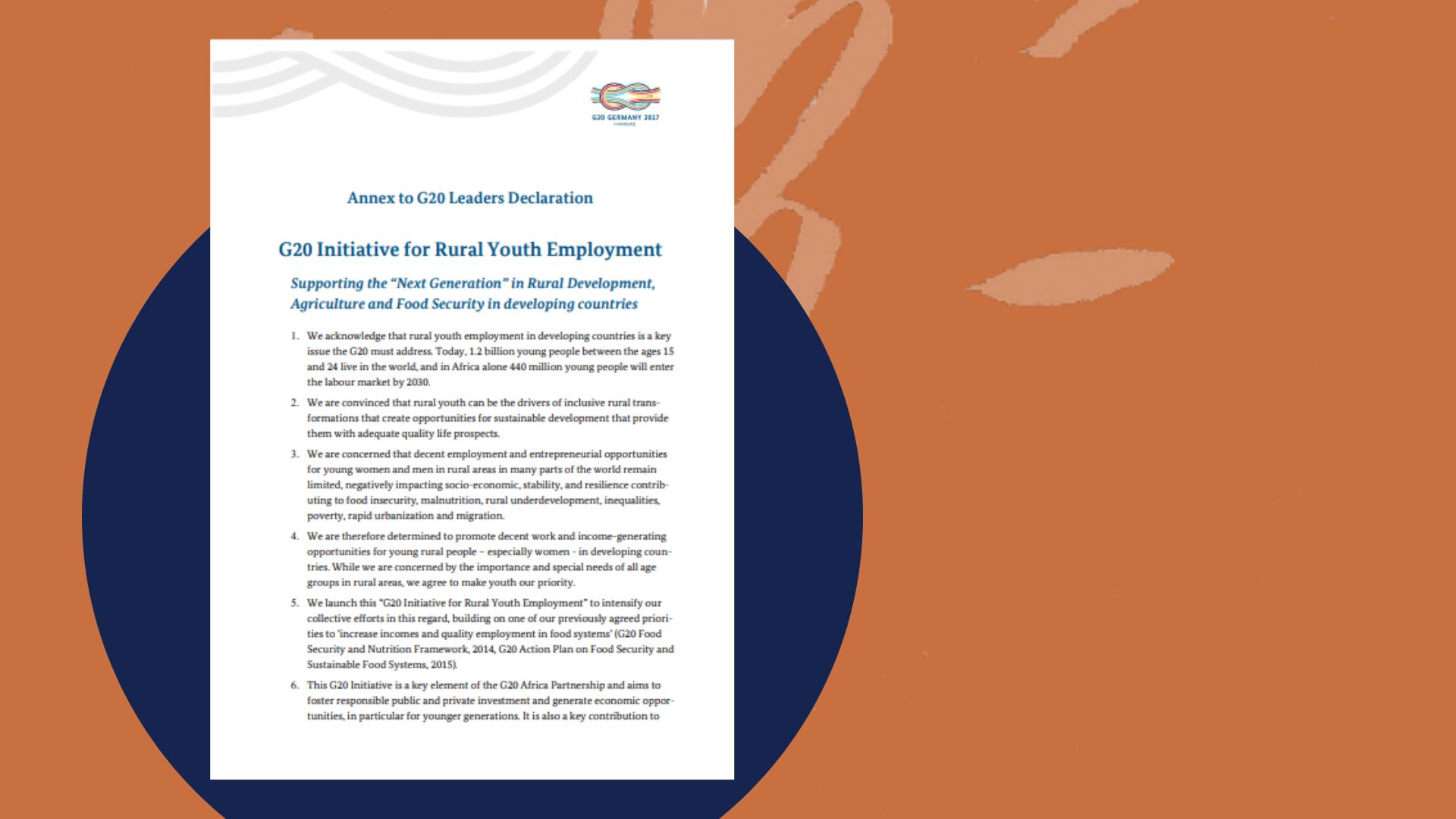Here are some commonly used terminology and key concepts in sustainable finance in food systems and rural development. These were taken from the Donor Platform’s joint report “Unleashing the Catalytic Power of Donor Financing to Achieve Sustainable Development Goal 2” with the Shamba Centre of Food & Climate.
This report is part of the GDPRD workstream on sustainable finance for SDG2.
Read the report
WHAT IS BLENDED FINANCE?
Blended finance is the use of concessional finance from donors and philanthropic foundations to mobilize commercial finance from development finance institutions (DFIs) and private investors to invest in projects that are too risky and lack sufficient returns for private investors. Blended finance is therefore an important strategy to bridge the investment gap to achieve SDG 2.
The OECD defines blended finance as “the strategic use of development finance for the mobilization of additional finance towards sustainable development in developing countries, where additional finance refers to commercial finance”.
Source: Blended Finance Principles Guidance.
The DFI Working Group defines blended finance as “[c]ombining concessional finance from donors or third parties alongside DFIs’ normal own-account finance and/or commercial finance from other investors, to develop private sector markets, address the Sustainable Development Goals (SDGs), and mobilize private resources”.
Source: DFI Working Group on Blended Concessional Finance for Private Sector Projects: Joint Report 2022.
WHAT ARE CONCESSIONAL AND COMMERCIAL FINANCE?
Concessional finance includes grants, equity and loans that are longer term and offered at below-market interest rates, and loan guarantees that aim to reduce the risk for private investors and DFIs. They are provided by donors and philanthropic foundations.
Commercial finance refers to equity and loans offered at market rates. They are provided by DFIs and private investors.
WHO IS THE MISSING MIDDLE?
The missing middle refers to agrifood SMEs seeking finance of between US$50,000 and US$2 million. They face challenges in accessing finance because they fall within a range that is too small for commercial banks to serve and too large for microfinance institutions.
DEFINING AGRIFOOD SMES
“Agri-SMEs are profit-oriented enterprises that are involved in the agricultural value chain either directly or by providing enabling services to value chain actors” They must be able to service an investment of US$50,000 to US$2 million, have more than 5 but less than 250 employees, have an annual turnover of US$100,000 to US$5 million and/or have total assets of at least US$20,000.
Source: Agri-SME Taxonomy.
WHAT ARE FIRST LOSS, SENIOR DEBT, MEZZANINE DEBT AND LOAN GUARANTEES?
First loss is a type of concessional finance where the lender is the first in line to take a loss if the project or fund fails.
Senior debt is a type of loan with commercial interest rates. These loans are the first to be repaid, before any other creditors or shareholders, if the project or fund fails.
Mezzanine debt can be concessional or commercial finance. It gives the lender the right to convert to an ownership stake (equity) if the borrower does not repay the debt on time and in full.
Loan guarantees are guarantees provided by a third party who agrees to repay the loan if the borrower defaults.
Sources: K4D International Nature Learning Journey: Session 5; Increasing financial flows and the role of finance in sustaining nature, SDC Handbook on Private Sector Engagement, Bridging the Gap: Financing Africa’s agricultural growth.
WHAT IS ADDITIONALITY?
The principle of additionality suggests that donor funds should only be allocated to programmes and projects that would not be implemented if donor financing were not available. Donors fund projects that would not be financed through the public budgets of beneficiary governments or through commercial investors.
Financial additionality suggests that donor funds should target projects that would not have taken place without donor funds; would not have taken have place at the same pace and, scale, or under the same terms, and delivered the same impacts if donor funds were not available; mobilize co-funding and in-kind contributions that would not otherwise have been mobilized.
Development additionality suggests that donors should allocate funding to projects to achieve improvements that would otherwise not have occurred. Development additionality is often measured in terms of effectiveness, efficiency, impact and reach.
WHAT IS PRIORITY LENDING?
Priority lending programmes are designed and led by central banks to increase lending to economically important but less profitable sectors of the economy that would otherwise not receive affordable and timely credit.
As part of programme implementation, retail banks are issued with sector-specific lending targets that are accompanied by tradeable priority sector certificates. Banks exceeding their lending targets can trade their surplus certificates with those that fall short. In the absence of tradeable priority certificates, central banks can require banks that do not meet lending targets to lend to public institutions at very low interest rates. Priority lending does not require banks to lend at lower interest rates, but rather to develop sector-specific experience and risk appetite.
WHAT IS RESULTS-BASED FINANCING?
Results-based financing involves a financier being willing to make payments to an agent who assumes responsibility for achieving predefined results. Results-based financing is thus made available once predefined results have been achieved and independently verified.
Share

Read the full report “Unleashing the Catalytic Power of Donor Financing to Achieve Sustainable Development Goal 2” by the Donor Platform and the Shamba Centre for Food & Climate, which focuses on how to make donors and public funds more catalytic for food systems through sustainable and blended financing approaches.




















